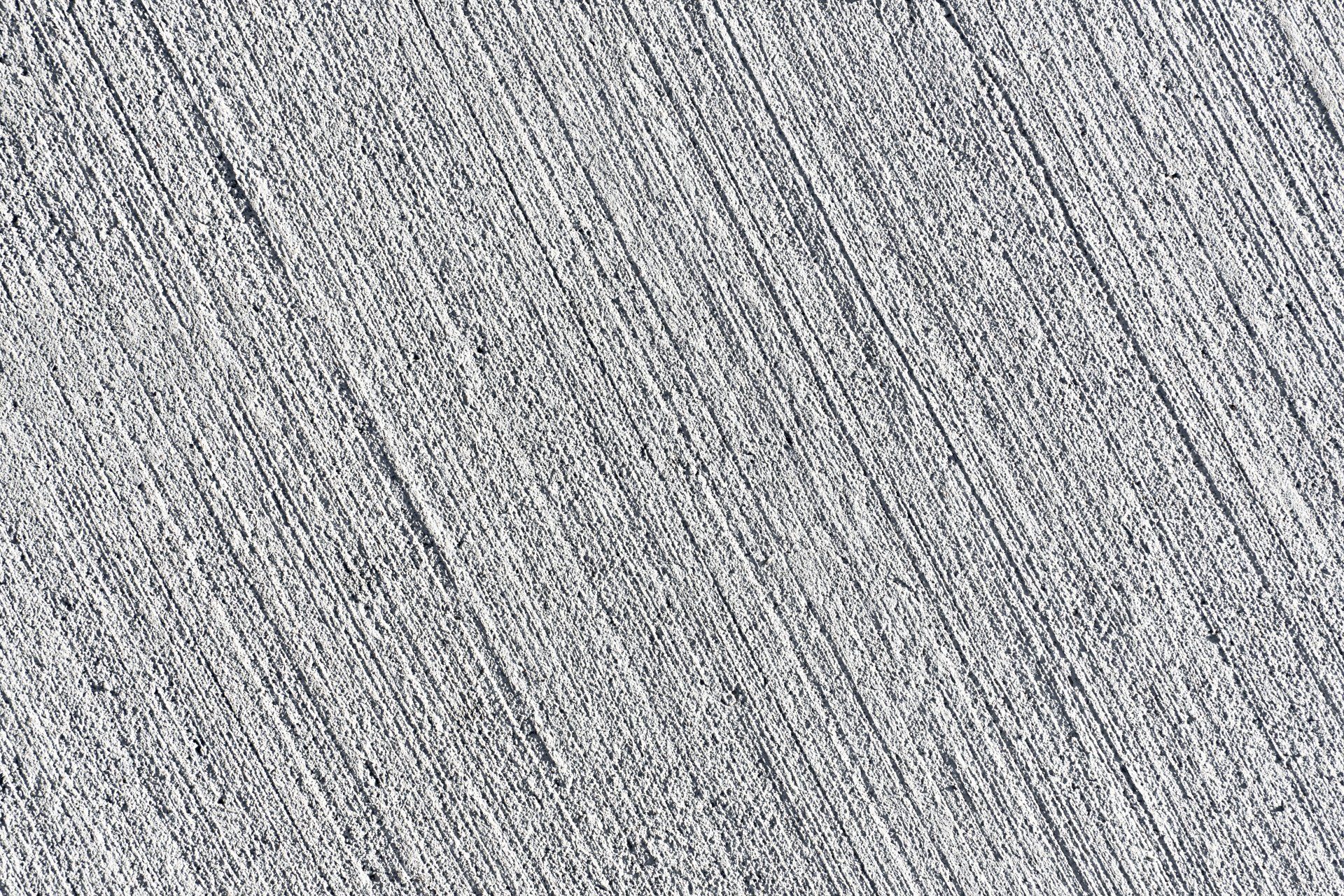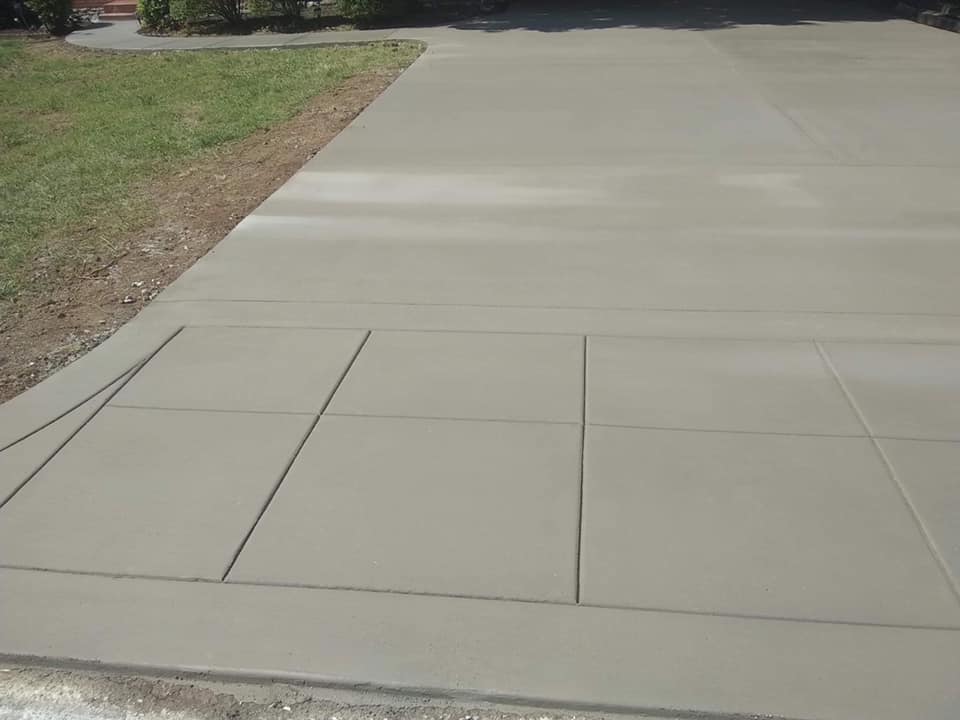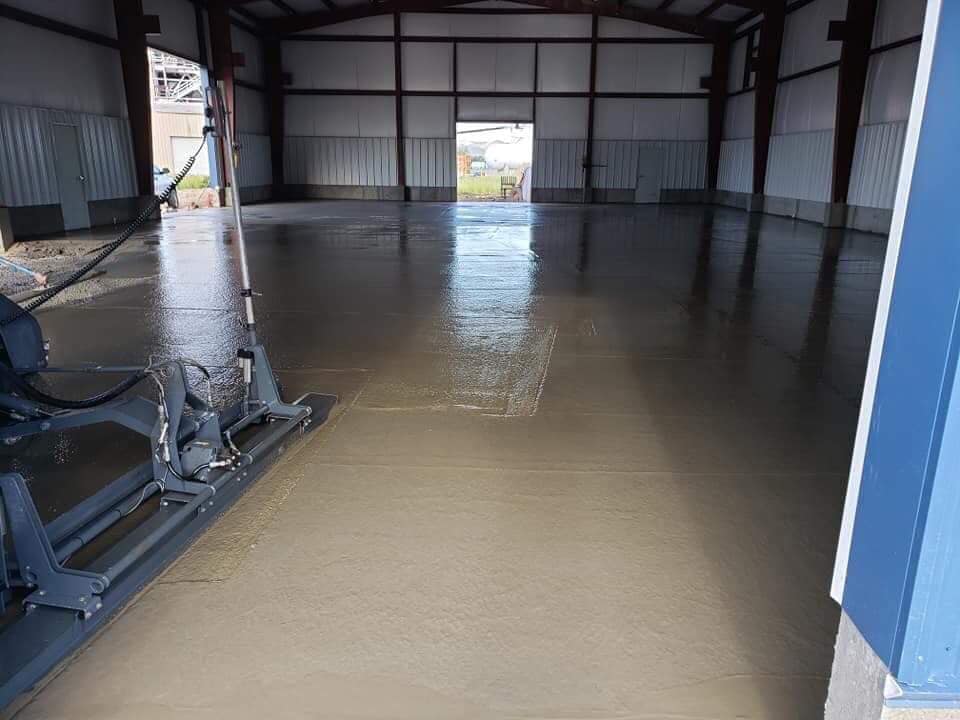Best Practices for Cold Weather Concreting
Although the weather is generally mild in Murfreesboro, when the days get cool, there are some special steps your concrete company must take to ensure that you get the best possible results. Here are the facts you need to know about concrete pouring in cold weather conditions.
Defining Cold Weather
As a strong, durable material, concrete can stand up to extreme weather conditions for decades, but when it is being poured and before it is cured, cold weather can interfere with the installation process. As a general rule, temperatures of 40 degrees F or below can be problematic for concrete. For the Tennessee region, these temperatures are typically limited to a small window of time between December and March. Long-term freezing temperatures are rare. Your concrete company will follow the weather forecast closely to ensure that they take the appropriate steps if your installation will occur on a cold-weather day.
Prepping
If the ground is frozen, your concrete company may wait to pour the concrete until it has warmed. The ground must also be free of ice and snow. If concrete is poured onto frozen ground, it will settle and crack as the ground thaws. The top could also set while the bottom does not. In some cases, ground heaters can be used to thaw frozen ground. Any tools used to work on the concrete itself must also be warmed so that they are above freezing. Keep in mind that you shouldn’t apply deicing agents to any ground that is going to be treated with concrete.
Curing
If temperatures are going to reach 40 degrees F or below at any time during the concrete installation process, your concrete company will follow cold weather curing procedures. Typically, solvent-based curing products or cure-and-seal chemicals should be used to prevent freezing in the concrete before it is set. One challenge of winter weather in the Tennessee region is that the ground typically goes through freeze-and-thaw cycles daily, with cold nights and warmer days. Your concrete company may use tenting or heat retention blankets to protect the concrete during curing for this reason.
Share

If you are seeking a concrete driveway installation that is both attractive and slip resistant, you may want to consider installing a broom finish driveway on your property. This type of driveway is characterized by its ridged texture and rough surface. With services from a company that builds concrete driveways in Murfreesboro, you will be able to create a broom finish driveway that meets your requirements for both safety and style. To highlight the benefits of finishing the surface of your driveway with a broom, here is a look at what you need to know about broom finish driveways.

If you want to get the most out of your driveway in Murfreesboro, don’t rush the planning process. Research the different kinds of materials available for driveway surfaces so you can choose one that covers all your needs. Your new driveway should boost your home’s curb appeal rather than take away from it, and you should understand the maintenance requirements before you get started. If you get lost along the way, you can always talk to your concrete contractor for expert advice. Here’s a closer look at the factors you should consider when designing a driveway.

If concrete isn’t allowed to cure properly, it won’t have its maximum strength and durability. The curing process is central to concrete’s capacity to withstand the damaging effects of freezing and thawing. Curing also gives the material greater resistance to scaling and abrasion. If slabs aren’t cured, they will be prone to crazing. This is the development of hairline cracks.
